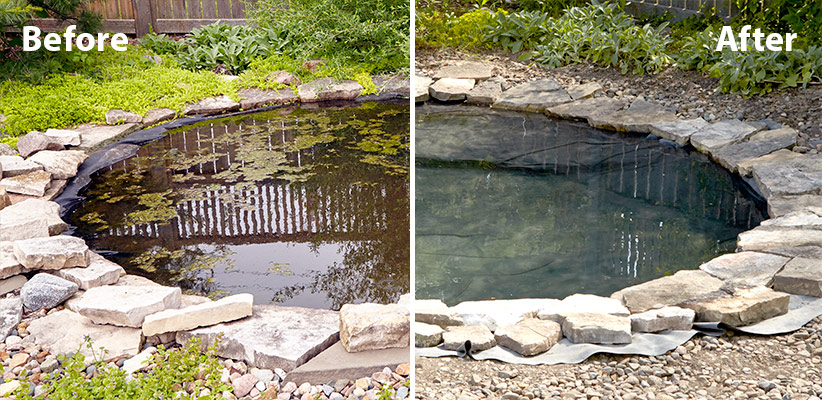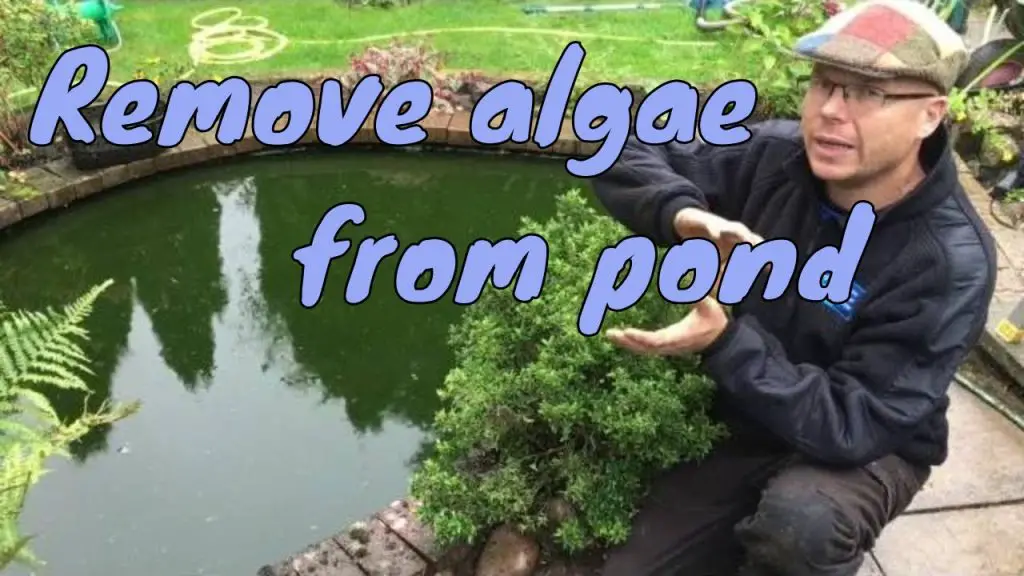Algae growth in ponds is a common issue that many pond owners face. Algae not only make the pond water look unattractive but also can harm the aquatic life within the pond. However, there are several effective methods to control and get rid of algae in ponds. In this article, we will discuss some practical tips and techniques to help you maintain a healthy and algae-free pond.
1. Proper Water Circulation
One of the key factors in controlling algae growth in a pond is ensuring proper water circulation. Stagnant water promotes algae growth, so installing a fountain, waterfall, or aerator can help to keep the water moving and prevent algae from thriving.
2. Maintain a Balanced Ecosystem
Creating a balanced ecosystem in your pond can help to naturally control algae growth. Introducing aquatic plants such as water lilies and water hyacinths can compete with algae for nutrients, thereby limiting their growth. Additionally, adding beneficial bacteria can help break down organic matter that algae feed on.

Credit: www.wikihow.com
3. Limit Sunlight Exposure
Algae thrive on sunlight, so limiting the amount of sunlight that reaches the pond can help control their growth. Planting trees or installing shading devices around the pond can reduce sunlight exposure and inhibit algae growth.
4. Regular Maintenance
Regular maintenance of your pond is essential to prevent algae overgrowth. Remove any debris, fallen leaves, and excess organic matter from the pond regularly to reduce the nutrients available for algae to feed on. Also, regularly check and clean the filters and pumps to ensure proper functioning.
5. Use Barley Straw
Barley straw is a natural and effective way to control algae in ponds. When barley straw decomposes in water, it releases compounds that inhibit algae growth. Simply place barley straw bundles in the pond to help prevent algae from taking over.
6. Algaecides
If algae overgrowth becomes severe and other methods are not effective, using algaecides can be a last resort. Algaecides are chemicals designed to kill algae, but they should be used with caution as they can harm other aquatic life in the pond. Always follow the instructions carefully when using algaecides.
7. Manual Removal
If you notice excessive algae growth in your pond, you can manually remove the algae using a pond skimmer or a net. Regularly skimming the surface of the water to remove floating algae can help prevent further growth and keep your pond looking clean and clear.
8. UV Sterilizers
UV sterilizers are devices that use ultraviolet light to kill algae and other microorganisms in pond water. Installing a UV sterilizer in your pond can help control algae growth by disrupting their reproductive cycle and preventing them from proliferating.
9. Adjust Feeding Habits
Overfeeding fish in the pond can lead to excess nutrients in the water, which can fuel algae growth. Adjusting your feeding habits and feeding your fish only the amount they can consume in a few minutes can help reduce nutrient levels in the water and prevent algae overgrowth.
10. Monitor Water Quality
Regularly test the water quality in your pond to ensure that the pH levels, ammonia levels, and oxygen levels are within the optimal range for aquatic life. Poor water quality can contribute to algae growth, so maintaining balanced water parameters is crucial in preventing algae issues.

Credit: www.gardengatemagazine.com
Conclusion
Controlling algae growth in a pond requires a combination of preventive measures and active management strategies. By following the tips outlined in this article, you can effectively get rid of algae in your pond and maintain a healthy aquatic environment for your plants and fish. Remember that consistency is key, and regular maintenance is essential to keep algae at bay. With proper care and attention, you can enjoy a clear and algae-free pond all year round.



